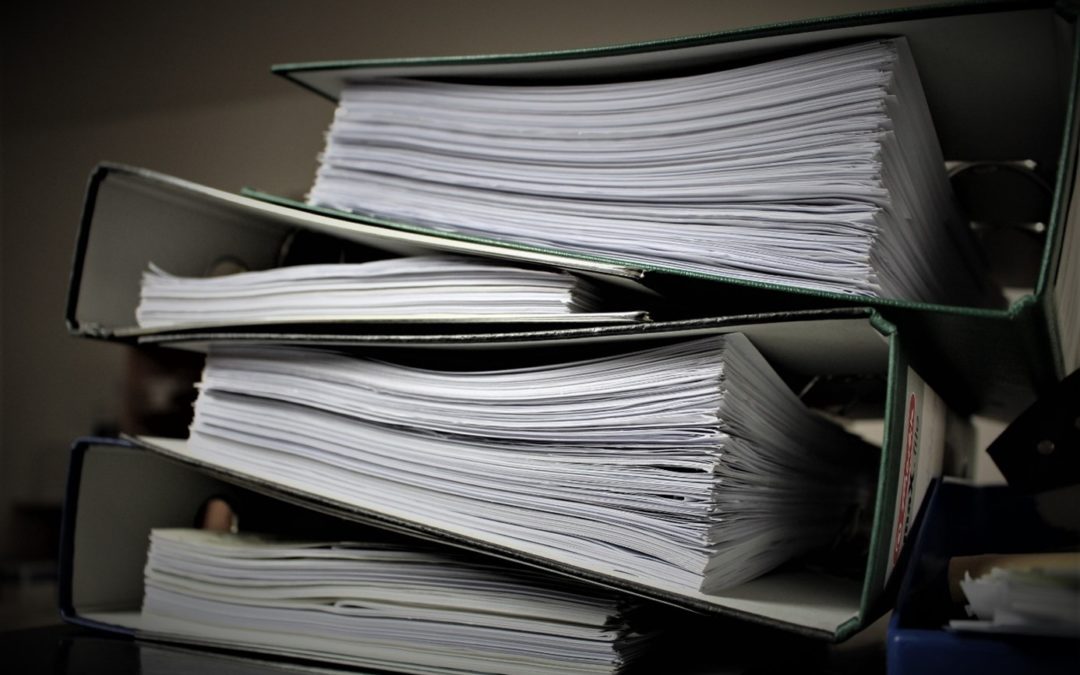In this article we will explain what transfer pricing documentation entails. First, we will explain why you need transfer pricing documentation. Then we will briefly discuss the three different documents that are required. Finally, we will look at some other key elements.
Why do we need transfer pricing documentation?
Multinational entities (MNEs) nowadays have to keep a very extensive set of documentation. This is necessary to demonstrate to the tax authorities where they operate and that they comply with local legislation. If a MNE does not do this (properly), this can lead to fines, time-consuming discussions with tax authorities, or even lawsuits.
Nowadays, transfer pricing laws require that transfer pricing documentation be maintained in almost all countries. In the past, each country had its own legislation for this, which varied considerably from country to country. This was the reason why, in 2011, the OECD paid attention to streamlining the documentation obligation for the first time. This eventually resulted in Action Point 13 of the BEPS action plan: ‘Transfer Pricing Documentation and Country-by-Country Reporting’.
As a result, countries agreed on minimum standards for standardised documentation requirements for MNEs. The standards developed have been implemented in national legislation of countries. The starting point is that the measures apply to fiscal years beginning on or after 1 January 2016.
The report issued by the OECD as part of the BEPS project has also been reflected in the updated Chapter 5 of the Transfer Pricing Guidelines. According to section 5.5, the three objectives of transfer pricing documentation are:
- to ensure that taxpayers give appropriate consideration to transfer pricing requirements in establishing prices and other conditions for transactions between associated enterprises and in reporting the income derived from such transactions in their tax returns;
- to provide tax administrations with the information necessary to conduct an informed transfer pricing risk assessment;
- to provide tax administrations with useful information to employ in conducting an appropriately thorough audit of the transfer pricing practices of entities subject to tax in their jurisdiction, although it may be necessary to supplement the documentation with additional information as the audit progresses.
Transfer Pricing Requirements
According to paragraph 5.16 of the OECD Transfer Pricing Guidelines countries should, in order to achieve the objectives aforementioned, adopt a standardised approach to transfer pricing documentation. The OECD came up with a three-tiered structure consisting of (i) a master file containing standardised information relevant for all MNE group members; (ii) a local file referring specifically to material transactions of the local tax payer; and (iii) a Country-by-Country Report containing certain information relating to the global allocation of the MNE’s income and taxes paid together with certain indicators of the location of economic activity within the MNE group.
We introduce them briefly here, but if you want to know more about the methods you read our article ‘How to create compliant transfer pricing documentation?’.
- The master file:
A master file contains information on the group as a whole as opposed to where a local file provide information about one or more local entities for a specific jurisdiction. The Master file has a more generic and high level nature of the information whereas a local file is a lot more detailed, for example in the specific details of an intercompany transaction. - The local file:
Local file documentation contains the details for an entity or entities in one jurisdiction. This type of documentation includes more than just the benchmarking information. The documentation in some cases needs to be filed directly to the competent Tax Authorities. - The Country-by-Country Report:
The Country-by-Country Report documentation is also known as CbCR. This documentation is usually reserved for multinationals with a significant annual turnover (for example EUR 750 million). The taxpayer can choose in which country where it has activity to file the documentation. This documentation is than shared with other tax authorities insofar there is an agreement to exchange this information. It could be that there is the requirement to file this information to multiple countries in case there is no treaty to exchange the CbCR.
Other key elements
Language
The necessity of providing documentation in local language may constitute a complicating factor with respect to transfer pricing compliance to the extent that substantial time and cost may be involved in translating documents. The language in which transfer pricing documentation should be submitted should be established under local laws. Countries are encouraged to permit filing of transfer pricing documentation in commonly used languages where it will not compromise the usefulness of the documents. Where tax administrations believe that translation of documents is necessary, they should make specific requests for translation and provide sufficient time to make such translation as comfortable a burden as possible.
Time frame
Practices regarding the timing of the preparation of the documentation differ among countries. Some countries require information to be finalised by the time the tax return is filed. Others require documentation to be in place by the time the audit commences.
However, transfer pricing is an ongoing process of setting prices by the arm’s length principle before the actual transaction takes place. As a result, you collect all the necessary documentation throughout the year.
Conclusion
Transfer pricing documentation is necessary to obtain a clear picture of where an MNE has economic activities. Furthermore, it should create awareness in the establishment of transfer prices at MNEs. For the tax authorities, it provides a good overview of the possible risks involved and makes a possible audit much easier.
The reports required are the master file, the local file and – for MNEs with a turnover of EUR 750 million or more – the Country-by-Country Report.
Sources:
OECD
J.T. van Egdom, Verrekenprijzen; de verdeling van de winst van een multinational
Kluwertaxblog.com
Deloitte

Recent Comments